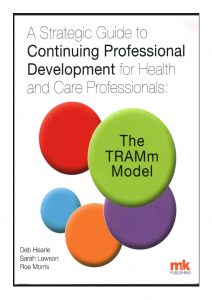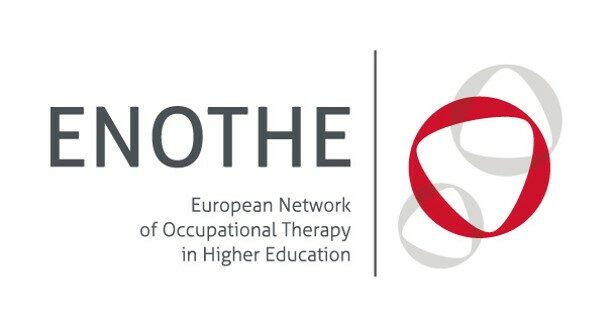Facilitating Student Engagement in Continuing Professional Development (CPD): Integrating TRAMmCPD into the pre-registration Curricula in Wales, UK
In the United Kingdom (UK), evidence of Continuing Professional Development (CPD) is a mandatory requirement of being a Health and Care Professions Council (HCPC) registered Occupational Therapist.
As part of their education Occupational Therapy students in Wales are required to develop academic, personal and professional skills, understand the principles of CPD and to record evidence of their development on their journey towards professional qualification. Achievement of this is measured in a variety of ways including learning contracts, summative/formative assignments, placement assessment, reflections, portfolio entries and annual personal/professional development reviews (PDR).
Despite this focus in University, anecdotal evidence suggests many newly qualified occupational therapists find it difficult to understand the principles/importance of recognising their engagement in, applying their learning from and measuring the impact of their CPD. Students have also struggled to differentiate what does and does not contribute to CPD during their intensive studies. We have spent a number of years developing the TRAMm (Tell, Record, Activities, Monitor and measure) Model (Hearle et al. 2016) for CPD and are in the process of integrating the model to inform and guide personal and professional development within the occupational therapy curricula across both Cardiff and Glyndwr Universities in Wales, UK.
The aim of this is to clarify the nature and process of CPD and to enable the development of a Continuous Personal and Professional Development (CPPD) Portfolio as an integrated formative element of the curriculum. This will incorporate the annual PDR and encourage students to identify their own learning needs, monitor and measure the progress of their personal and professional development alongside developing their awareness and understanding of the requirements and standards for CPD.
The CPPD Portfolio will be structured using the principles of the TRAMm Model. This suggests that for personal and professional development to be most effective it is necessary to Tell others, Record and apply the learning from Activities, Monitor progress and measure the impact of learning. Students will also be encouraged to use the TRAMmCPD tools (TRAMm Tracker and TRAMm Trail) alongside the Royal College of Occupational Therapists’ (RCOT, 2017) Career Development Framework (CDF).
The TRAMm Model Team have also developed a set of five expectations against which CPD achievement can be measured, based on the HCPC Standards for CPD (HCPC 2012). This is a pilot project which has only just begun, but it is hoped that after following a curriculum which integrates the TRAMm Model, new graduates will have a clear understanding of CPD and feel well prepared for a career which requires full engagement in CPD (Hearle and Lawson 2016). The success of this will be evaluated following a four year implementation.
For further information and freely downloadable material please see our web-site at www.TRAMmCPD.com
[ezcol_1half]
Sarah Lawson (Glyndwr University, UK)[/ezcol_1half] [ezcol_1half_end]

Deb Hearle (Cardiff University, UK)[/ezcol_1half_end]
References: Health and Care Professions Council. 2012. Your Guide to Our Standards for Continuing Professional Development. London: Health Professions and Care Professions CouncilHearle D; Lawson S & Morris R. (2016) A Strategic Guide to Continuing Professional Development for Health and Care Professionals: The TRAMm Model Keswick: M&K Publishing Hearle D; Lawson S (2016) Are you and your team really engaging in CPD? Poster: 2016 Annual Conference, Royal College of Occupational Therapists. London
